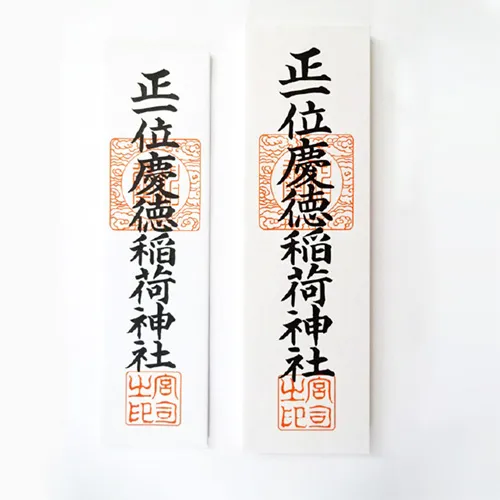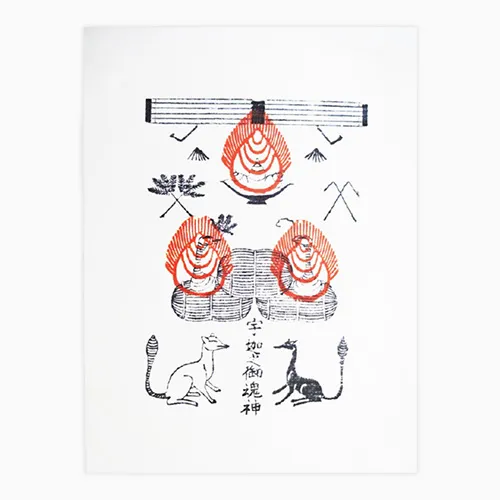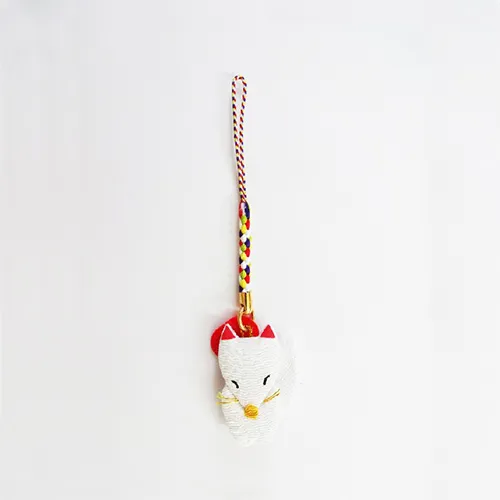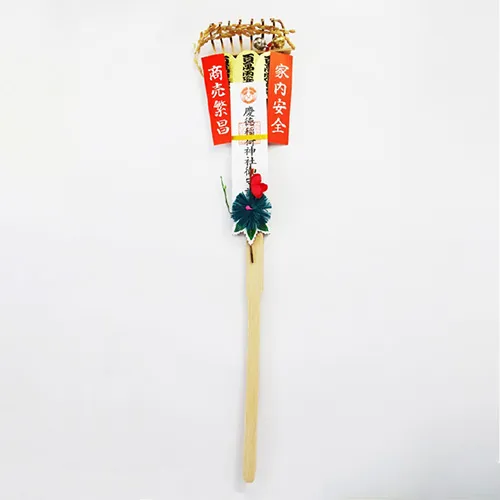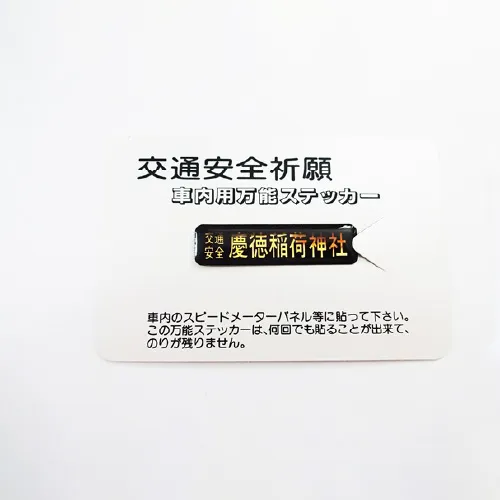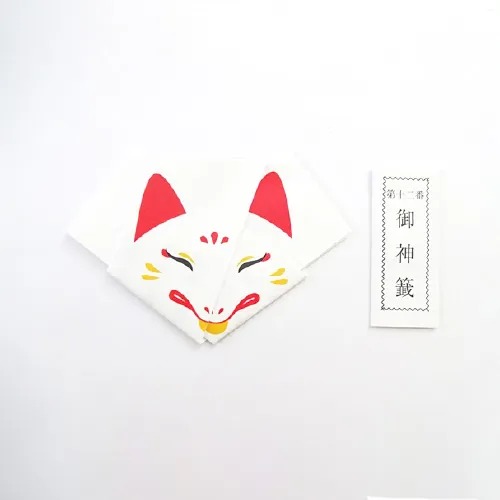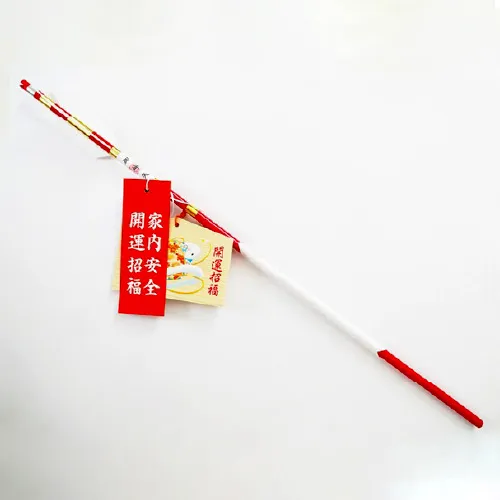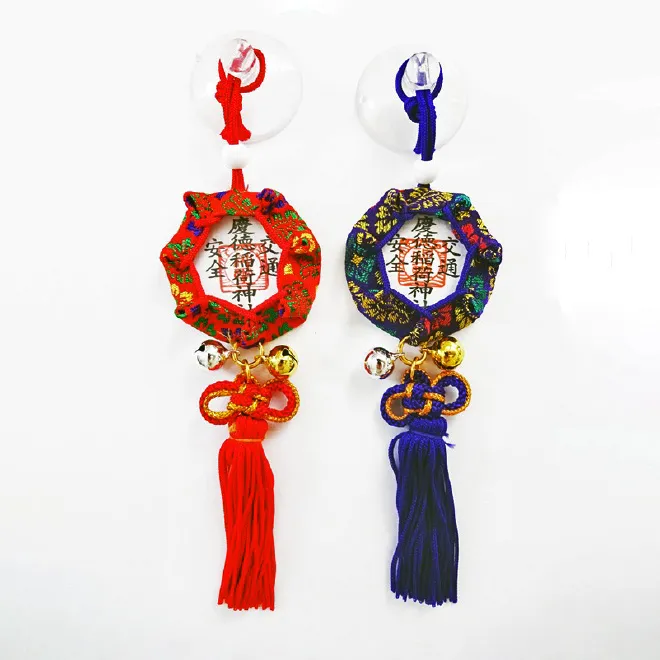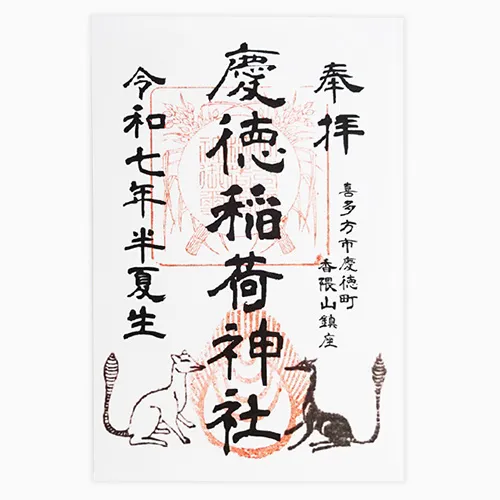
Auspicious items that make wishes come true
There are several theories about the origin of omamori,
including that magatama were
worn as talismans during the Jomon period,
and that they began as magical talismans in
Taoism, a form of Buddhism.
Goshuin and omamori
(Temple Seal and Charm)
About Goshuin
A goshuin is a record of your connection with a god that you receive as proof of your visit. It consists of
a seal and an inscription with the name of the shrine or god written in ink.
Goshuin were originally given as proof of submitting a copy of a sutra (a copy of a Buddhist sutra). It is called
“Goshuin” because it is stamped in red ink on a piece of paper with the date of the day written on it.
Once you have visited the shrine, you can receive a goshuin stamp at the shrine office.
Please open your goshuincho to the desired page and hand it over in advance.
Once you receive the stamp, you will be asked to pay the stamp fee.
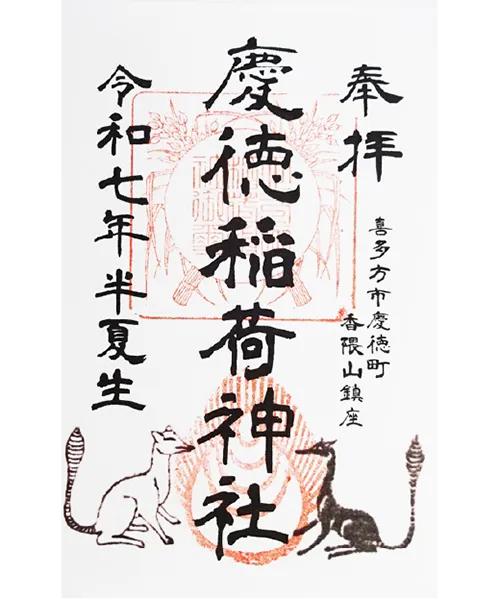

About the amulets
Omamori are lucky charms that are used to ward off evil spirits and bring good fortune. They are carried
around at all times to protect the wearer from evil spirits and to bring good fortune.
Inside the charm is a sacred seal made of paper, wood, or metal called a goshinji, which is a talisman in which
a god resides. The power of the god is imbued into the ofuda through prayers by the shrine’s priests, and this
prayer is called mitamaire, or putting the spirit into the charm.
And the string that closes the charm bag. This string has the meaning of “preventing the divine power from escaping.”
At Keitoku Inari Shrine, we have a variety of amulets and talismans available.
You can receive your amulet at the gift shop.

